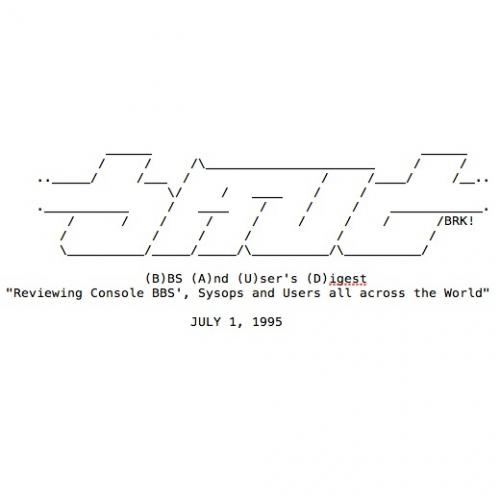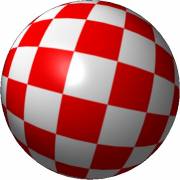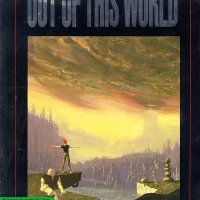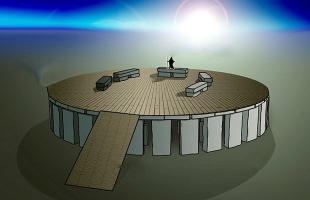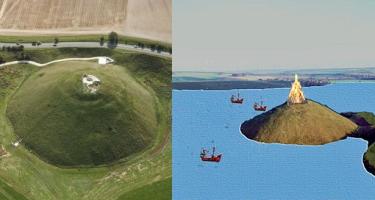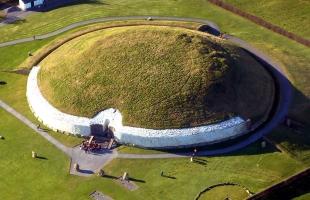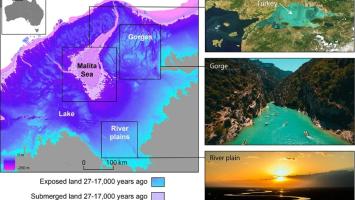WORLD PREMIERE OF CMD'S SUPER64CPU

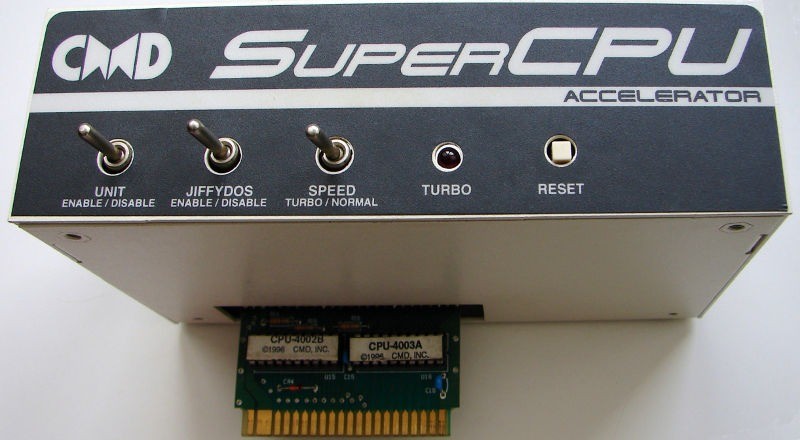
On Saturday, the 4th of May 1996, CMD introduced their newest product, the Super64CPU, to the public at a local GEOS meeting in Vienna/Austria.
The Super64CPU has a W65C816S processor with an official clock speed of 20 MHz, inofficially it is supposed to be even a bit higher. The unit I was able to test, was still a beta version prototype. According to CMD in two weeks time (mid of May) the CPU will go into full production (a lot of orders have been already placed), the Super128CPU will follow in mid August (this CPU will be even a bit faster than the C64 version).
CMD's Super64CPU comes in a metal case (similar in color and style to RamLink, but much less dimension in width but therefore higher) and has a pass through port to add other cartridges such as Final Cartridge III, Commodore REUs or of course CMD's RamLink. There are three switches on the upper side, plus a turbo LED and an additional Reset button. From left to right the first switch enables/disables this device, the second switch turns Jiffy DOS on or off and the third switch is used to toggle between normal and turbo mode (1 or 20 MHz).
This prototype didn't have a finished SuperCPU-DOS included and was therefore not able to work together with RamLink, this should be fixed in the latest version of the DOS which will be included in the units which will go into production in two weeks time. The Jiffy DOS button was in this beta version not connected to the electronic circuit so it was not possible to switch Jiffy DOS off, which caused some troubles with programms, that insisted on there own loading routine. In the release versions to follow, this bug will also be fixed.
Sad news for a lot of scene dudes: The Super64CPU doesn't like the Action Replay MK VI Cartridge. The only way to make the Action Replay work was to totally disable the SuperCPU. The Final Cartridge III however did work together with the SuperCPU. So it is not possible to use the features such as freezer or monitors of the Action Replay, but it does work with the FC III.
Some games did benefit from the higher speed the CPU provides, amongst them were games like Test Drive. This game plays with 20 MHz nearly as smooth as an arcade game, well the graphics are looking a bit clumsy if you compare it to an arcade, but the the scrolling is much more smooth, you can drive very precisely now, it plays like a different game, very similar to an arcade game.
F16 Combat Pilot or Chuck Yeager's Advanced Flight Trainer now really look like flight simulators, the speed gives you now really the feeling of flying.
Games like Outrun Europe or Powerdrift did benefit a little, the difference wasn't really very big though.
Other games like Stunt Car Racer or Revs are really amazing to watch, it is so incredible fast, but they are unplayable because they are way too fast in 20 MHz mode.
Elite shows you real vector power, sometimes the games looks too fast, in other cases it is really fun to play, if you switch the CPU down to 1 MHz you suddenly feel that you are dealing with a snail, the performance difference is really that big. It is quite similar to a car driven with 130 kph for a couple of hours. If you have to brake down to 50 kph it seems to be like if you are walking by foot. The feeling is quite the same.
I have tested also tools and utilities. A 110 block file was being crunched using the Cruelcruncher. Without CPU it is supposed to take from 15-30 minutes, with CPU the thing was finished in about one minute and a half. Decrunching is that fast, that you don't even notice it. If packers are using illegal opcodes, it causes the CPU to crash, but that's understandable.
GoDot!, the C64 image processor, needs only one to two seconds to render, while in normal C64 mode it takes about 35 seconds. Amica Paint flies and so does GEOS:
In the shipped version there will be a disk with GEOS patches since it is necessary to patch the floppy drivers. These patches weren't available for me at this day, so all I could do was to switch it down to 1 MHz and start geoPaint and geoWrite, and as soon as there was no more disk access I could switch to 20 MHz and the result was more than amazing!
In geoPaint the fill routines are now flying, filled circles are now moving as fast as your mouse pointer. In geoWrite the improvements are even better, they are in fact dramatic: First of all, everytime you type a letter, it appears as fast on the screen as you are used to being it done in BASIC V2, so no more 'typing faster than the computer can handle it'. Left-right paging is now done instantly, you nearly aren't recognizing the redrawing of the missing text parts. It is so fast as you would expect a PowerPC or a Pentium 120 or higher behave on a similar program. Even better is the scroll up and down function (moving the mouse pointer up or down out of the screen): While in 1 MHz mode, down scrolling is slow and up scrolling is even slower (you have to wait several seconds till it is done), with 20 MHz it is similar fast a very fast PC when clicking on the scroll arrows of a window. It was really astonishing, it was even more than I expected. Up and down scrolling as fast as the cursors moves!
Alignments (left, center, right, full) are as fast as you can click on the corresponding button, it is incredible!
The preview mode of the test page I made took in standard mode 1 minute and 7 seconds to be drawn, with the CPU it was faster than 6.5 seconds...
Unfortunately I didn't have the chance to test such as applications as GeoPublish, GeoMorph however is now that fast, that it is now some kind of realtime morphing (some seconds for one frame).
Last but not least I want to mention some demos I have tried: Attack of Stubidos 3 had a mandelbrot zoomer which was that fast in 20 MHz mode, that it was finished in some seconds while the music was still playing in the beginning phase, as it was initially adjusted to fit to the zoom in 1 MHz.
Vector Demos (e.g. the burning rubber part of a Bonzai demo) were amazing to watch, they looked way smoother and therefore really Amiga like. FLI of course doesn't work as it is timed for 1 MHz, but all texture mapping (Dawnfall/Oxyron) are now looking fast and smooth.
Mr.Sid tried to code some rastersplits on the unit. He achieved 32 splits with only about 20 lines of assembler code without using the IRQ. He meant that it should be even possible to do 2 splits in BASIC.
Musics which use about $12 rasterlines per frame in standard mode are now using 1-2 rasterlines in turbo mode.
All these things were tested in the emulation mode of the CPU. The real potential of course can only be seen in the native mode of the CPU (there you have to possibility to address up to 16 MB).
This CPU comes with a Rocket Socket, which is able to hold an additional RamCard, which can hold up to 16 MB. In the basic version the RamCard is not included, you only have 128 K of fast static RAM, 64 K of it is free usable.
More information will be posted in about two days by Mr.Sid (Andreas Varga). For questions feel free to drop me a mail, I will be glad to help you:
spockie@giga.or.at
Cheers
Guenther









